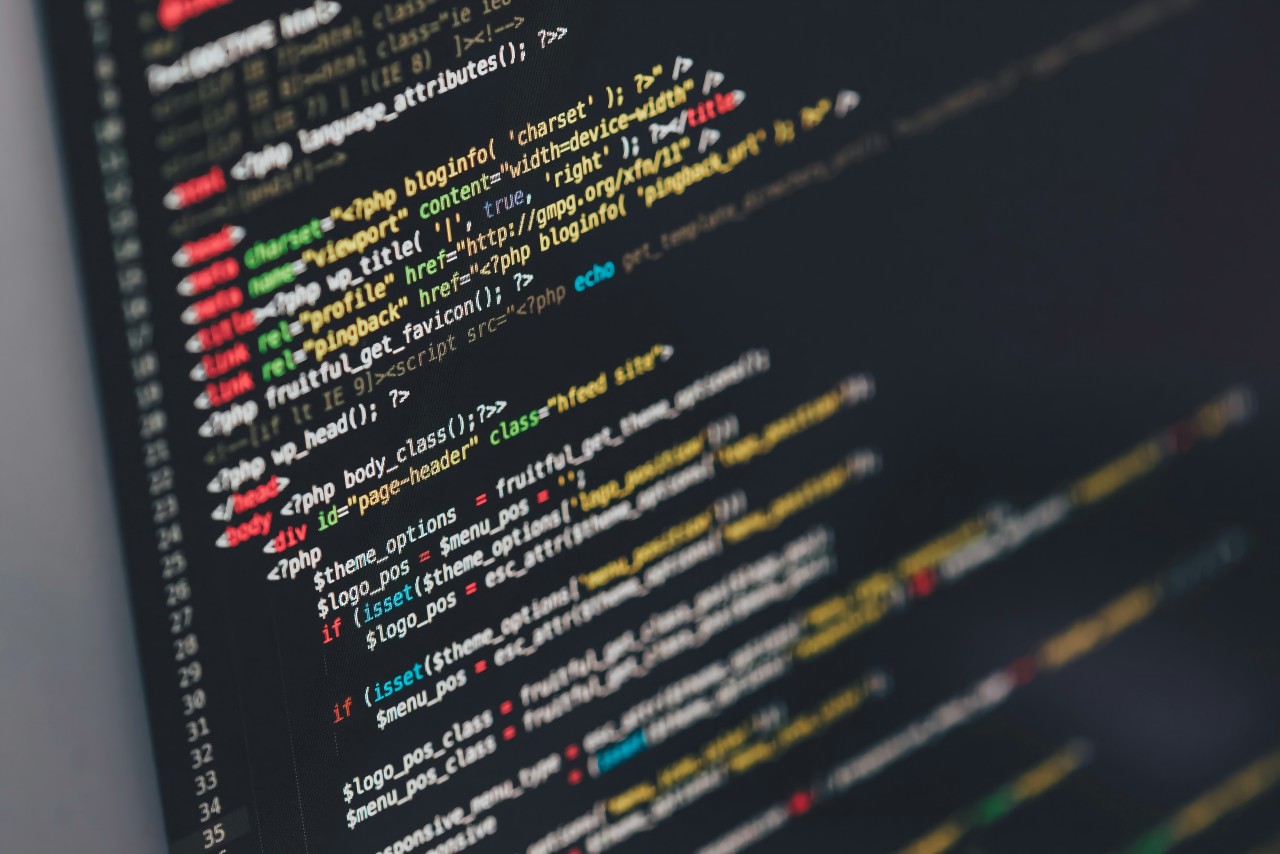如何在Java 7中使用多线程并发编程
线程间通信在多线程编程中,有时我们需要线程之间进行通信,例如一个线程等待另一个线程完成某个任务后才能继续执行。Java提供了wait()、notify()和notifyAll()方法来实现线程间的通信。下面是通过wait()和notify()方法实现线程间通信的示例代码:
public class Message {
private String message;
private boolean empty = true;
public synchronized String read() {
while (empty) {
try {
wait();
} catch (InterruptedException e) {
e.printStackTrace();
}
}
empty = true;
notifyAll();
return message;
}
public synchronized void write(String message) {
while (!empty) {
try {
wait();
} catch (InterruptedException e) {
e.printStackTrace();
}
}
empty = false;
this.message = message;
notifyAll();
}
}
登录后复制
public static void main(String[] args) {
Message message = new Message();
Thread thread1 = new Thread(() -> {
String[] messages = { "Message 1", "Message 2", "Message 3" };
for (String msg : messages) {
message.write(msg);
try {
Thread.sleep(1000);
} catch (InterruptedException e) {
e.printStackTrace();
}
}
});
Thread thread2 = new Thread(() -> {
for (int i = 0; i < 3; i++) {
String msg = message.read();
System.out.println(msg);
}
});
thread1.start();
thread2.start();
try {
thread1.join();
thread2.join();
} catch (InterruptedException e) {
e.printStackTrace();
}
}
登录后复制
以上就是在Java 7中使用多线程实现并发编程的基本流程和示例代码。通过合理地使用多线程,可以充分利用计算机资源,提高程序的性能和响应速度。但是在多线程编程中,还需要注意线程安全性和同步机制的正确使用,以避免数据不一致和竞态条件等问题的发生。





